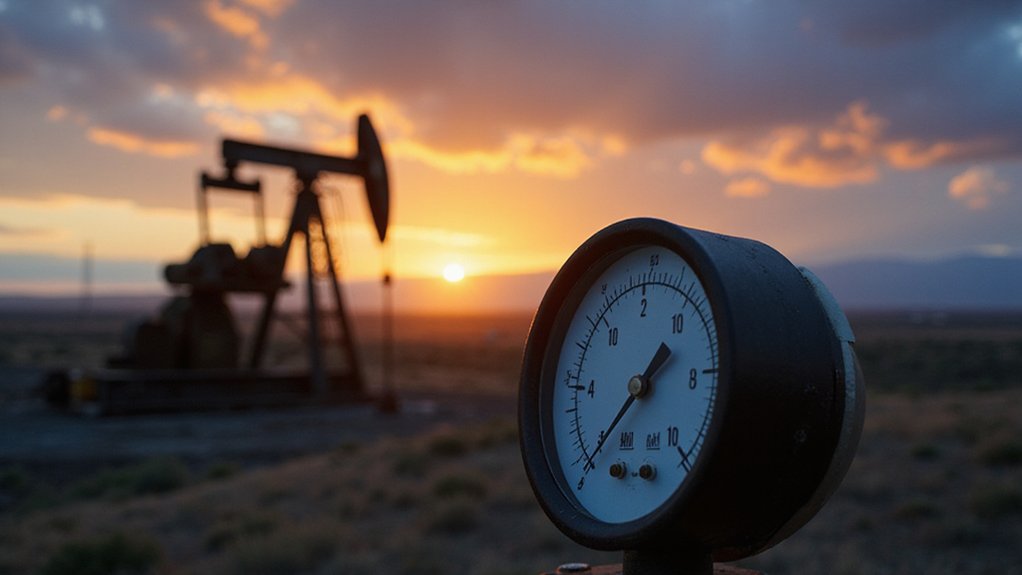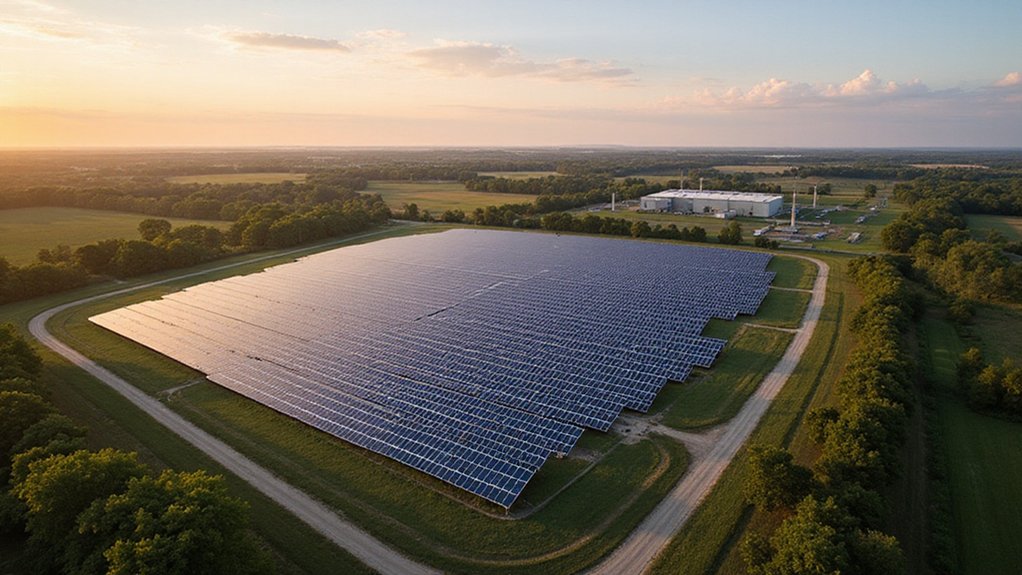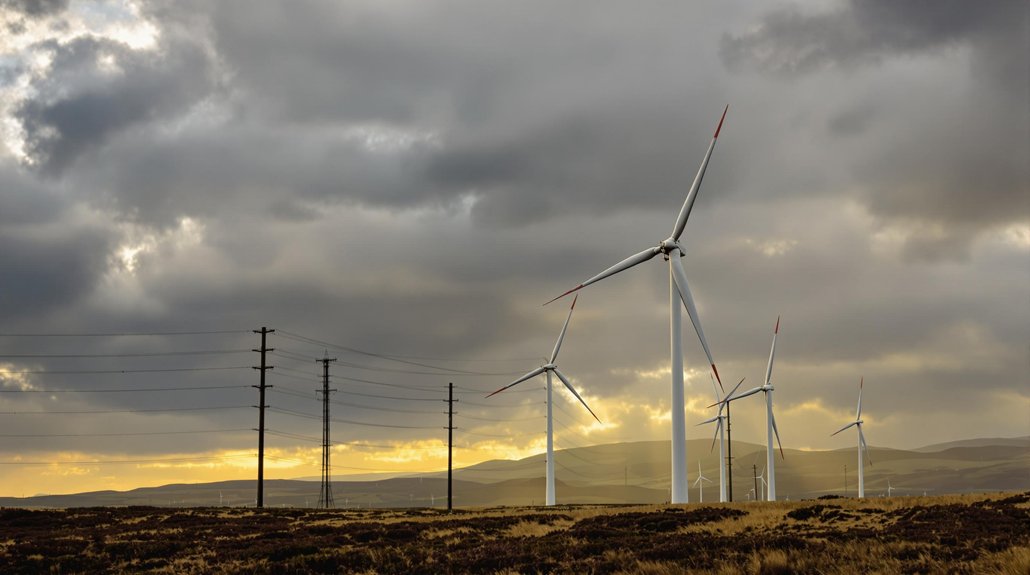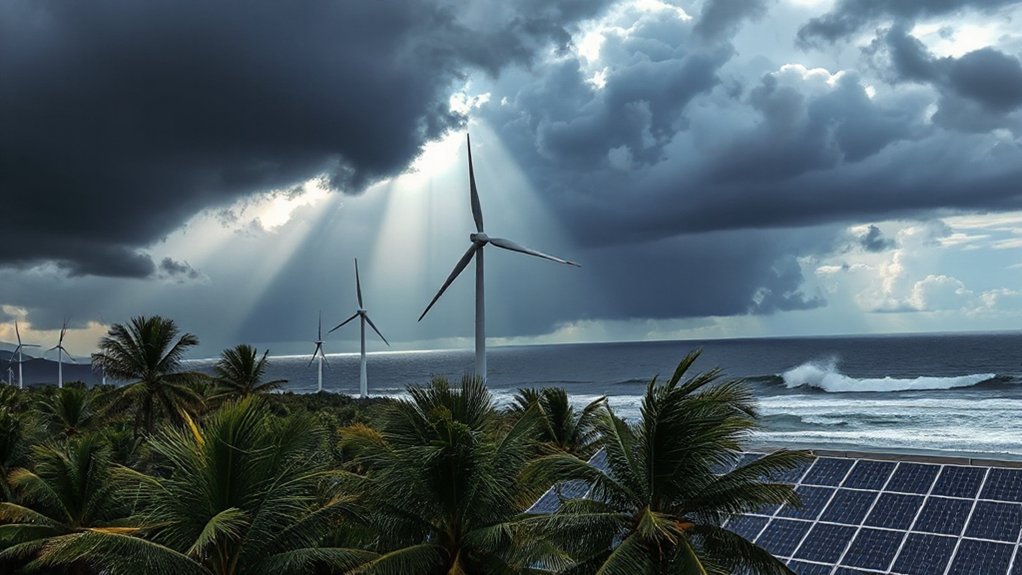Australia’s biofuel industry is basically on life support. Producing a mere 0.2% of global bioethanol and 0.1% of biodiesel, it’s pathetically underperforming. Plants sit idle while abundant feedstocks like waste starch and used cooking oil go unutilized. Policy flip-flops and cheap imports don’t help. Meanwhile, rural economies miss job opportunities and the nation remains dependent on foreign oil. The contrast between current stagnation and future potential couldn’t be more stark.
Potential untapped. That’s the story of Australia’s biofuel industry in summary. Despite abundant feedstocks and years of experience, Australia produces a measly 0.2% of world bioethanol and 0.1% of world biodiesel. Talk about underachieving.
Major players like Manildra Group, United Petroleum, and Wilmar Sucrogen keep the bioethanol sector barely breathing with their combined 440 million liters per year. Biodiesel isn’t faring any better, with Just Biodiesel, Eco Tech Biodiesel, and Biodiesel Industries Australia scraping together 100 million liters yearly. Not exactly world-beaters.
The disconnect between current production and future demand is staggering. Australia’s sustainable aviation fuel capacity sits at 10 million liters but could reach 5,000 million. Biodiesel production? A laughable 1.5 million liters against potential capacity of 110 million. And demand isn’t waiting around – projections target 500 million liters by 2050.
Australia’s biofuel potential sits largely untapped while demand races forward, leaving millions of potential liters in the dust.
Resources aren’t the problem. The country has plenty of grains, molasses, canola, tallow, and used cooking oil. Waste starch, sorghum, sugar cane – all ready for conversion. But these abundant feedstocks sit largely unused.
Plants built in the early 2000s now stand idle. High production costs and immature technology crush competitiveness. Policy inconsistencies scare off investors, while cheap imports previously dominated grant schemes. Total commercial biofuel production reached only 290 million liters in 2018, highlighting the industry’s stagnation. The industry’s reputation took hits from inconsistent quality issues too.
Infrastructure needs are enormous. Collection networks? Underdeveloped. Processing facilities? Inadequate. Plants run below capacity because money’s tight and logistics are a mess.
Environmental concerns loom. Feedstock competition with food production is real. But current operations mostly use waste streams, minimizing these risks. Rural communities could benefit from expanded supply chains – if they ever materialize.
The hard truth? Australia’s biofuel industry remains small despite massive potential. By 2050, 80% of fuel demand will come from hard-to-electrify sectors like aviation and heavy freight, making biofuels increasingly critical. Expanding domestic production could deliver significant energy security benefits by reducing Australia’s dependence on imported oil. It’s stuck in first gear while opportunities race by. A shame, really.
References
- https://www.fas.usda.gov/data/australia-biofuels-annual-3
- https://en.wikipedia.org/wiki/Biofuel_in_Australia
- https://www.ieabioenergy.com/wp-content/uploads/2024/12/CountryReport2024_Australia_final.pdf
- https://arena.gov.au/assets/2019/11/biofuels-and-transport-an-australian-opportunity.pdf
- https://farmonaut.com/australia/australias-renewable-fuel-revolution-boosting-domestic-biofuels-for-energy-security-and-sustainability/









